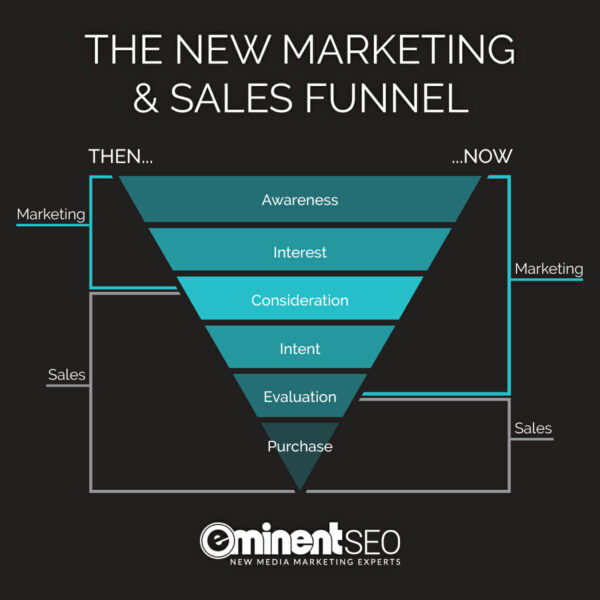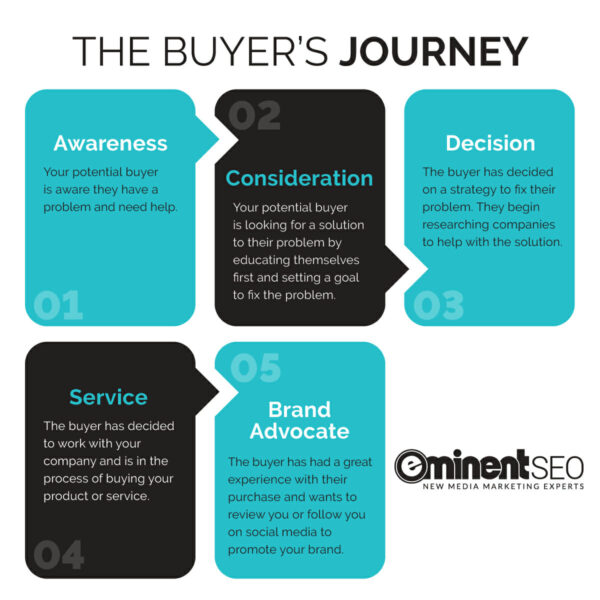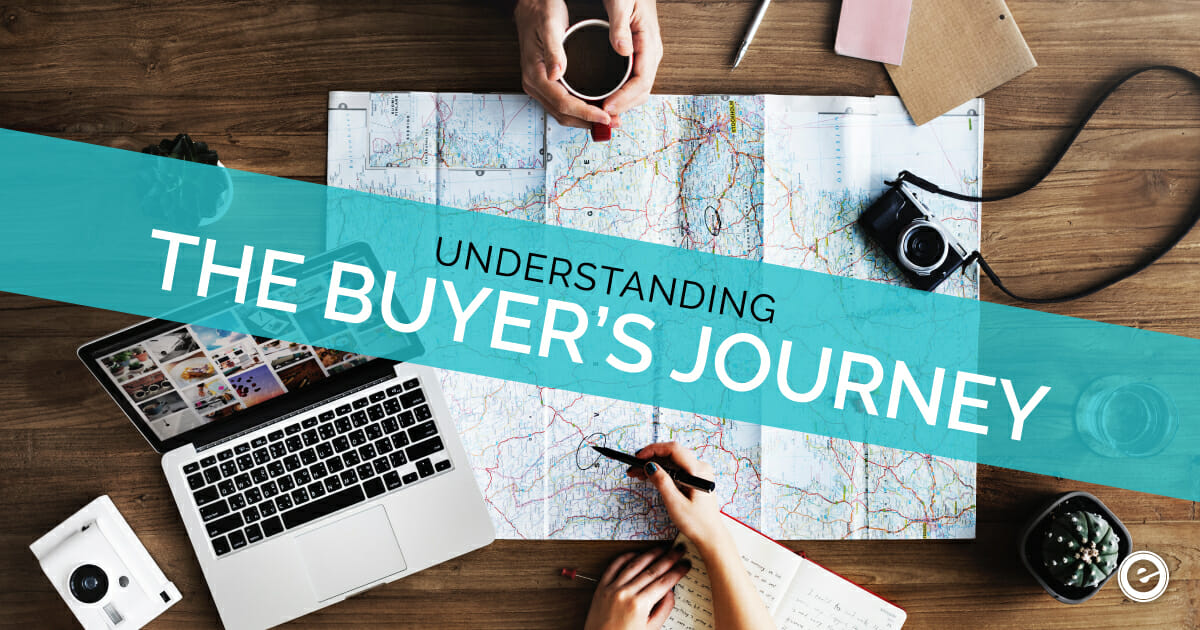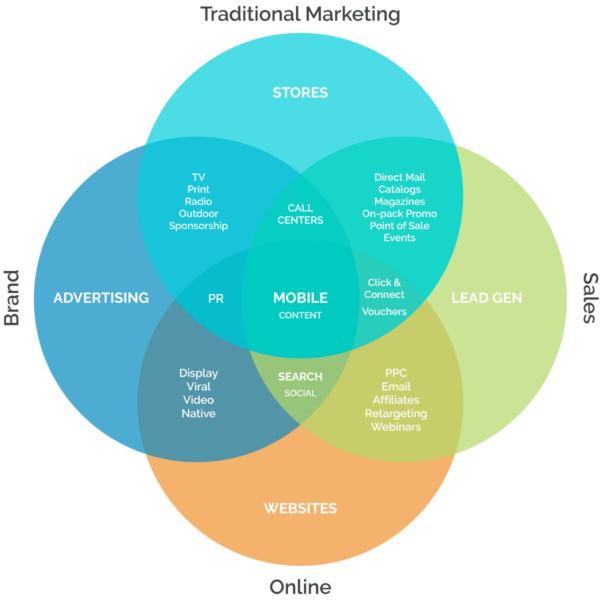Sales … leads … where do I begin? So many businesses are finding it difficult to generate qualified leads. Many businesses are also generating the wrong types of leads and not converting them into sales.
As a business owner, you’re probably wondering how to:
- Generate new leads for your business.
- Convert existing leads into deals.
The good news is an effective digital marketing strategy will be able to produce qualified leads for your business. We’ve been successful with all of our clients and achieving their goals for lead generation. The drawback is businesses have to invest into managing the leads properly and leading them through the extensive buying process.
Getting to Know Lead Life Cycles and the Marketing/Sales Funnel
Website Visitor/Prospect
This is not considered a lead yet. This is someone who is doing their research and came to your website through a marketing campaign.
Marketing Qualified Lead
These leads are doing their research still. They may have come from Facebook or an eBook offer download on your website. These leads aren’t ready to be sold. They are looking to be educated.
Sales Qualified Lead
These are leads that are ready to make a buying decision. They have already done their research on your product or service and are sold on it.

Opportunity
This is when a lead has transitioned into an opportunity to become a client.
Customer
When the opportunity has paid for your product or service!
Track Your Leads Down to the Source
How we determine different types of leads is:
- Where the lead originated from
- The content the lead engaged with
This is where lead tracking is SUPER important. If you don’t have call tracking or lead tracking of any kind, you need to get that first.
When there is proper lead tracking installed on the website, we can tell where the lead originated from down to the source of the call with dynamic call tracking. By knowing where the lead came from, our team can dissect the data to understand user intent. That’s where the sales and marketing funnel comes in.
Depending on the lead source and content they’re interested in, you can determine their stage within the buyer’s journey.
The Buyer’s Journey Breakdown
Let’s face it, the sales process is VERY long. Now that the internet exists, buyers want to see everything possible before making a decision.
By understanding the buyer’s journey, you can learn what to expect for the duration of closing a lead to a sale. You will also know how to qualify your leads better and provide them with useful resources.
Awareness Stage
This is the stage where the prospect identifies there’s an issue and that they need help. They are not yet educated on what that solution is, but they are aware that an issue exists. This is the stage where users will normally convert on offers such as eBooks, blog posts or newsletter sign-ups for more information.
Consideration Stage
This is the stage where the prospect has started doing their own research for the problem they need help with. They will usually engage with offers such as:
- Case studies
- Downloading a brochure about your service
- Browsing your products or services
- Learn more about your team
It’s important to educate them extensively about your specific offering during this stage.
Decision Stage
Prospects that are ready to make a decision will simply call, email or chat with you directly. They have made the decision to move forward with a certain company, and hopefully you are that company. You still might need to do some nurturing for prospects in this stage, but they are definitely sold on the idea they need your product or service. They just need to be sold on your specific offering and company.
Service Stage
When the prospect has converted into a paying client, it doesn’t mean the nurturing stops. You have a reputation to maintain and a client to keep happy now. This stage is very important to maintain a happy relationship with your client by providing a superior customer service experience.
Brand Advocate Stage
When you have a happy client, they automatically turn into a brand advocate for your business. Get them to follow your social media platforms to give you street credit about your product or service. Positive reviews from happy clients create assets that you can use for your business long term. The other benefit is, other people will read them and consider your company!

Understanding Lead Sources and Buyer Intent
There are various sources that generate leads if you’re investing into multi-channel marketing for your business. Sources are where the lead actually originated from, not where they converted from.
For example, your lead came to your site originally from a Facebook ad. Then they visited your blog, your services pages and left the site. They come back in a month after they’ve done their research and Googled your brand. They initiate a chat with you on your website.
The original source of this lead is still considered the Facebook ad. They’ve just been nurtured along the buyer’s journey to get to the Decision stage where they Googled your brand directly to make that next step. The lead source is not your website chat.
Here’s a breakdown of a few digital marketing sources that generate a large volume of leads:
Google Organic Search
This one gets a little tricky because you can have users from any stage within the buyer’s journey come to your website from here. What we typically like to look at the most is what type of content the user came in to see. If it was a blog post, for example, that user would be in the Awareness stage, because our blog post strategy is typically less salesy and more focused on educating.
If the user entered via a service or product page on your website, that means they’re typically searching more Consideration-type keywords and are looking to assess your company for that product or service.
Google Paid Search
Google paid search is very similar to Google organic search. Most companies like to bid on the keywords that are going to produce conversions. If that’s the case, then the majority of these users would be in the Consideration stage. Some might even be in the Decision stage and are Googling your brand directly to make that phone call.
Read More on Modern Paid Marketing
Facebook has spent a lot of time and money optimizing its platform so businesses can connect directly with their distinct audiences. With Facebook ads, you can actually target users to message you through Facebook messenger.
Our team has tested these campaigns substantially in the last year and learned that these leads are more in the Awareness or Consideration stages. Most people want to chat about the problem they’re running into, but they’re not necessarily ready to buy.
A snapshot on the various sources that you may consider for a marketing campaign:
96% of website visitors aren’t ready to buy yet, according to Marketo.
Tweet this outHow to Nurture Leads to the Next Stage
Lead nurturing can be extremely effective when done correctly. The problems we often face are:
- Marketers don’t understand the business well enough to do the lead nurturing for the business owners.
- Sales teams don’t understand how to nurture leads by utilizing digital content.
- Sales teams don’t have a process for closing leads into sales.
- All the above.
Converting a lead to the decision stage is only the beginning of another process: the sales process.
Tweet this out1. Segment Your Leads
First things first is to segment your leads into the correct buckets. Remember the marketing and sales qualified life cycles? You need to segment leads into those two buckets, at minimum. You can always expand into more lead types if your business has many more.
Marketing qualified leads should be sent more informative and education-related materials. These materials may include eBooks, quizzes, videos, blog posts, infographics, etc.
Sales qualified leads should be sent more consideration related materials such as brochures, case studies, team bios, product samples, etc.
Each week, have a dedicated employee sort through the leads and determine which type of lead they are.
2. Build a Lead Scoring Strategy and Score Your Leads
Each business is unique and requires a custom strategy for this to work. Your strategy should include all of the digital assets you currently have and which assets you need to expand on to help nurture your leads along.
Digital assets can be considered:
- Blog posts
- Website landing pages
- Videos
- eBooks
- Case studies
- And more
After you have a strategy built with the content you want to provide, you must also develop a lead scoring strategy for the various life cycles of a lead. Develop a tagging system to tag your calls and messages, so that you can easily sort these leads at a later date when it comes time to follow up.
3. Develop Canned Responses for Your Sales Team
To make their job even easier, you can help them by developing canned responses for frequently asked questions. If you’ve owned a business for a while, you probably already know the basic questions your prospects often ask. Have those answers ready with the appropriate content and call to action for those various lead types.
4. Invest into More Targeted Content for Various Buying Stages
If you find that certain digital assets are not helping your team close the deal, you have to invest into better targeted asset and content development. Digital assets will benefit your brand and website for years to come. Develop assets and content for each buying stage based on what your prospects are asking/wanting.
5. Start the Conversation
With today’s generation wanting instant gratification, your prospects do not want to be sold. Being more conversational and personal in your approach to customer service is extremely important. Instead of sharing salesy materials (unless they ask), share a quiz for them to take or a new book to read. They want to be provided with the materials to self-educate.
6. Less Is More
Since people want instant gratification and have an attention span of a 3 year old, the best way to approach any landing page is to provide fewer options for the prospect. Always have one clear call to action on the landing pages you deliver during your lead-nurturing process. That way, they aren’t distracted by everything that’s irrelevant to your conversation, and they’re more likely to convert on that CTA.
7. Automate as Much as Possible
There are many tools out there today that can help your business automate your sales- and lead-nurturing processes. These tools make it easier for your sales team to send out emails, automatically respond to website chats and messages, create proposals, automate unqualified leads through a funnel and manage the lead pipeline in one dashboard.
8. Be Timely in Your Responses
According to Hubspot, leads are 21 times more likely to enter into the sales process as a qualified lead when contacted within five minutes versus 30 minutes after a touchpoint on your website or social platform.
9. Be Personal
The digital age is full of automation. There’s a fine line between automated and manual responses. When your team is responding to an email or a Facebook message manually, make sure to always keep the responses personalized. It’s all about personalization and providing relevant resources to what the prospect is asking.
10. Align Your Sales and Marketing Strategies
This is probably the most important part. If your sales and marketing teams are not communicating regularly, you have a problem. Marketers today have much more insight than sales teams because they are the ones reading the data every single day while your sales team is out selling.
Marketers can and should:
- Provide the sales team with existing targeted content to share.
- Develop more content for certain types of leads.
- Help automate the sales process.
- Help with canned responses.
Read More on Aligning Sales & Marketing Strategy
Your Turn to Convert Leads into Sales
This post might seem overwhelming, but the main takeaway is to know that not all your leads from digital marketing campaigns are ready to buy. In fact, the majority of them are not ready.
The buyer’s journey is a long road, and sales teams need to understand that leads don’t close overnight. They also do not want to be sold. A solid strategy requires an integrative sales and marketing nurturing approach. Good luck out there!





This was super helpful in explaining the buyer’s journey process and how brands and companies can market for those decisions and better advertise to people.
Thank you! I’m glad you enjoyed it
Hi Lacey,
I agree with everything noted. The stages of the buyers journey are of particular interest. When selecting keywords for a client, it seems that it would be of great additional value to consider what stage the individual searcher might be in. From an SEO perspective, this means giving consideration to how concise or specific a search term is.
For example:
-running shoes – high search volume but generic in nature might be in the awareness stage.
while,
– black Adidas running shoe – less traffic but more specific might be in the considerations or even decision stage, making the term more likely to convert.
Your Thoughts?
Agreed 100%. Typically when we’re developing SEO strategies for our clients we consider the buyer’s stage within their journey, so we can select the most relevant keyword variation for that stage. Glad you found this post helpful 🙂